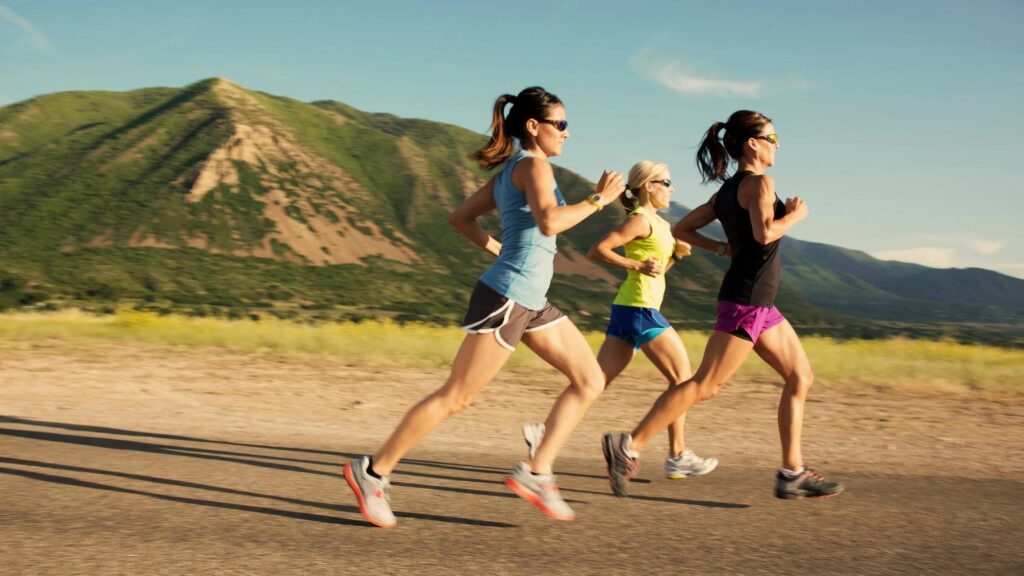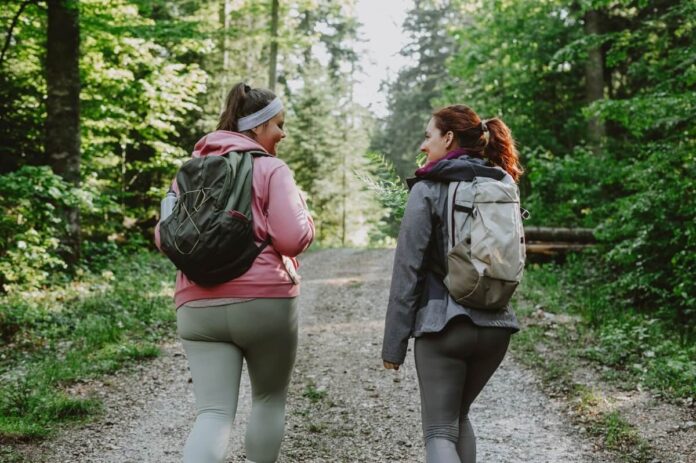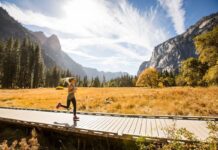Have you ever planned a backpacking trip, but then afterward canceled your trip because you weren’t that in shape? You’re not alone. I’m also the one who was out of shape but I still want to go on adventures.
Hiking can be a great way to relax and recharge yourself. But if you’re out of shape, it can be more challenging than expected. That’s why in today’s article, I will be discussing 6 backpacking and hiking tips for those individuals who are out of shape.
Here are 6 Backpacking and Hiking Tips for Those Individuals Who are Out of Shape
1. Get yourself prepared with exercise
Before hiking, you need to prepare yourself by performing some workouts. I didn’t mean that you should shed some weight first but you must make your body a bit more flexible. Also, regular exercise has lots of positive effects that can make your hiking trip much easier. The main reason behind performing exercises before taking a break at the mountains is that it helps in boosting your metabolism and increases stamina.
There are several exercises that you can perform prior to hiking in order to enhance your muscular endurance and stamina as well.
Perform Stretching
Stretching before going hiking helps for keeping your muscles strong and flexible. It also helps in preventing injuries by creating the perfect alignment before each activity. Stretching yourself before going out and after coming back from an outdoor activity is important, especially when you are planning on doing activities that require flexibility such as hiking or camping. If you don’t stretch in a proper way, it can lead to muscle strains, sprains, and even pulled muscles.
Also before performing any workout make sure to wear highly comfortable and sweat-absorbing gym attire in order to make your workout session highly progressive.
Build aerobic endurance with running

Running is one such form of workout that is helpful before going hiking. The advantages of running before hiking are many. It will help you to get in shape so that you can enjoy the trails and should have a more enjoyable experience. It will also assist your lungs to adjust to the higher elevation.
Backpackers need to have strength in their feet as well as in their legs. So getting yourself indulged in running before your hiking trip helps to build stronger endurance, increase your stamina, and also help you to cover miles easily and more conveniently.
Performing the treadmill workout
For most backpackers who don’t like running, treadmill exercises are the best alternate exercise for them. Treadmill exercises help to warm up your muscles and help to improve your muscular endurance and aerobic energy as well. They also help to pump blood more efficiently when you’re exerting yourself on a hike.
Perform cycling
Before hiking, you need to make your leg muscles prepared. So for developing uphill stamina you need to perform cycling. Also with this exercise, you can also make your knee muscles stronger.
Performing yoga before your trip
Hiking on uneven trails requires you to maintain your balance. Due to the heavy bag packs, it’s really challenging for the hikers to maintain their body equilibrium. Exercises such as yoga help to improve the balance of your body, and also helps to improve the flexibility of your body muscles.
When you will be having a controlled balance, obviously you will be able to carry heavy backpacks on uneven surfaces.
Also as I discussed before, if you want to make your exercise session more comfortable you must invest in lightweight and high-quality gym outfits that must provide you support during your workout session.
NOTE: Not all the workouts are suitable for you, so while performing these exercises if you feel uneasy or feel any discomfort just stop there immediately. Talk to your physician before starting any workout regimen. Perform the exercise under the supervision of a trainer if you are a beginner, and be careful to do every workout in the right form.
2. Start with short-distance trekking
If you are just starting out in the fascinating world of trekking then there is no better way other than going for short-distance hikes. Before you step into more advanced hiking, it is highly recommended that you start with short-distance hikes as they will teach you skills and methods that will eventually help your capabilities to interact with nature, will increase your trekking experience, and will also help to build up your confidence.
3. Wear the comfortable hiking shoes
Selecting the right type of hiking shoes is important because you don’t want to find yourself with blisters, or worse, a sprained ankle after just an hour of walking.
Why do you need to wear hiking shoes?
- Hiking boots have a more stable sole than regular or running shoes, which helps to prevent sprained ankles and other injuries.
- The thicker soles of hiking boots provide you with better protection from rocks and sharp objects on the trail
- You will feel more comfortable in hiking boots due to the added cushion in them, which also help to reduce tiredness during walking.
4. Walk on unstable surfaces
One of the essential things to know before your hiking trip is to walk on uneven ground. Walking on an unstable surface not only helps to improve balance and body control but also enables hikers to recognize potential dangers and obstacles on a mountain trail.
If you are living in an urban area then it’s a bit tricky to find these types of places, so it’s better to take a start from your nearby parks or walking tracks.
5. Tips to avoid injuries on rocky trails

While hiking downhill your feet, legs and knees are at risk of getting injured. During the activity, the body along with the backpack is holding up its weight to prevent itself from falling or getting out of balance. But if unfortunately, your body is not able to hold up its own weight during downhill hiking, chances of injuries are there.
So the best way to prevent yourself from getting injured is to exercise regularly in order to improve your aerobic endurance and to develop the strength of your body.
Besides that, there are certain other tips to avoid injuries on rocky trails. A few of them are listed below.
- Avoid the temptation of holding rocks or trees for support.
- Use trekking poles for balance as they are a basic necessity for every hiker, however not all of them use them in the most efficient way. The appropriate method to use them can increase your safety and comfort during hiking.
6. Importance of hydration for mountain climbers.
Staying hydrated during trekking is an extremely important aspect because while hiking, you will become dehydrated.
Dehydration can cause headaches, dizziness, and the sensation of weakness which can be fatal in various circumstances. So, staying hydrated during hiking and backpacking is one of the most important things you can do to make your trip healthy and happy.
Author:
This Article is suggested by Ann Edwards of Viking Bags.








